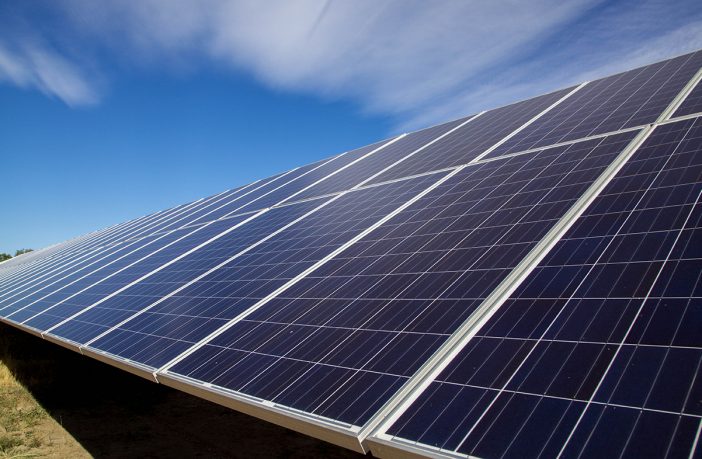Opinion
For the PV industry, accustomed as it is to growth, it is near impossible to predict what impact the shock delivered by Covid-19 and the shutdowns employed to limit its spread will have. On March 13, BloombergNEF announced that it was downwardly revising its forecast for new installed capacity from its initial figures of between 121-152 GW to 108-143 GW. The former forecast had only been made in February.
Notably, the pessimistic end of the revised forecast represents an annual decline in solar installations – the first of its kind, at least in this century.
“Our forecast encompasses both a rise and fall of the solar market [year on year],” says Jenny Chase, the head of BloombergNEF’s Solar Insight team. “Which is hedging our bets a bit, but we cut both of our forecasts.” Chase says that while it’s difficult “to know exactly” what the impact of Covid-19 will be, the large-scale segment will likely see some committed projects pushed back to 2021.
Developers and suppliers, Chase reports, are claiming Covid-19 represents a “Force Majeure event” – meaning that delivery and competition deadlines are forgiven. “I think this is quite healthy,” says Chase, although it will impact installation rates for 2020. She notes that one developer in the United States invoked Force Majeure on the basis of being unable to feed its workers – due to all local restaurants being closed.
The commercial rooftop PV segment may be largely unaffected this year, the BloombergNEF analyst reports. But C&I companies may bear the full brunt of the viral downturn in 2021.
“It is probably not that bad, because most of the commercial rooftop systems were already lined up for this,” says Chase. “In 2021 it will be worse hit, because the pipeline will suffer … doing commercial businesses takes many people to sign off on a project, meaning that the pipeline will dry up.”
On the upside, Chase notes that installing solar requires little physical contact, so is generally a “low risk” workplace activity in the Covid-19-impacted workplace. As economies in key solar markets like the United States and Europe begin to reopen for business, it is likely that PV installations could resume. “It strikes me that it [PV] could be one of the things to be eased up at an early stage,” says Chase.
Stimulus support
There does exist the chance that various stimulus measures introduced by national or even regional governments could be directed the way of solar. Already, there is talk an extension to the U.S. Investment Tax Credit could be bundled into a raft of stimulus measures. In Australia, an expansion of immediate tax writedowns for businesses on capital investment, including rooftop PV and battery storage, appears to be delivering a positive signal. And government spending programs potentially funding the installation of rooftop solar on schools and other public buildings could provide a boost in many solar markets.
On the residential side, currently there are mixed reports coming from the installers. Household budgets will undoubtedly be stressed, and there are reports of cancellations coming from retailers. However, very low interest rates could incentivize “zero-up-front” solar loans – delivering the dual payoff of keeping cash in the pockets of the homeowner, and reducing their home office costs, in the form of electricity bills.
For the “preppers” – those looking to secure sufficient supplies of essentials – a solar+storage system could deliver peace of mind. Indeed, electricity may be the new toilet paper – despite there being few signals that electricity supplies are set to be disrupted.
China, as always a central player in the global solar industry, presents an example of hope. Increasingly, there are signs that a degree of normality is returning – some three months after the more drastic containment measures were put in place. Projects are delayed, but signs are that activity on the supply side is returning to normal.
As it will for the wider economy, Covid-19 will likely cause businesses to reflect inwardly on what their core mission is and jobs will undoubtedly be lost, along with the opportunity for ongoing market expansion in the short term. Fortuitously for solar businesses, instability and sudden shocks are the norm in this young sector. As one veteran put it: “This isn’t my first ride on the solarcoaster.”
Author: Jonathan Gifford
This article was originally published in pv magazine and is republished with permission.
Disclaimer: The articles expressed in this publication are those of the authors. They do not purport to reflect the opinions or views of Green Building Africa, our staff or our advertisers. The designations employed in this publication and the presentation of material therein do not imply the expression of any opinion whatsoever on the part Green Building Africa concerning the legal status of any country, area or territory or of its authorities.















